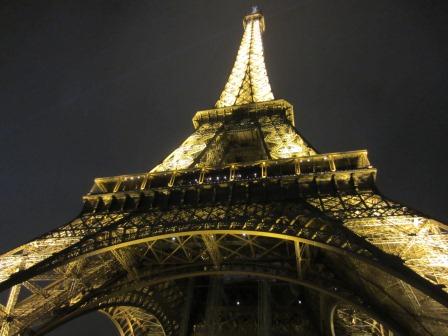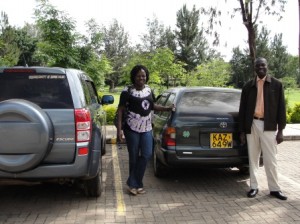 A post from our student blogger Sarah Goodman
A post from our student blogger Sarah Goodman
Over winter break I was in Paris, France. During my trip, I visited research institutes and decided to learn more about patent law in Europe. The European Patent Organisation currently includes 38 member states, and European patents are granted by the European Patent Office. There are several important differences between European and American patent law.
According to Article 54 EPC (European Patent Convention), if an invention was made publicly available by an inventor or a third party before the filing date of a patent application, the application will be rejected. In the United States according to 35 U.S.C. § 102, there is a one-year grace period beginning with the disclosure of an invention before losing patent rights. However, an inventor in the United States would lose any potential patent rights in Europe even if the invention is publicly available only in the United States.
U.S. patent law requires inclusion of the best mode of practicing the invention according to 35 U.S.C. § 112. The disclosure of the best mode ensures that the public has access to the best method of practicing the invention. The lack of a best mode cannot be used to invalidate a patent but still must be included in the patent application. European patent law does not require inclusion of the best mode in a patent application. Article 83 EPC only requires the inclusion of at least one method of practicing the invention.
European patent applications usually contain two-part claims. A two-part claim includes features of the invention that are well-known, then a phrase such as “characterized by,” followed by features that constitute the invention. American patent applications usually contain only one part claims with no separating phrase between the well-known features and the inventive features. In the U.S., this type of two-part claim is known as a Jepson Claim. A disadvantage of using Jepson Claims in the U.S. is that anything before the characterizing portion is regarded by definition of the claim structure as previously known even if a novel feature is accidently included which can negatively affect patentability. In European patent law, if an applicant puts an inventive feature in the pre-characterization portion, the applicant will be asked to move the feature to the correct location.
The MSPL program at the University of Notre Dame prepares us for the U.S. Patent Office’s patent bar exam. Successful certification will permit an individual to file in the United States only. However, it is common for American law firms to work with international legal counsel, so it is important for patent agents in the U.S. to understand the major differences.



